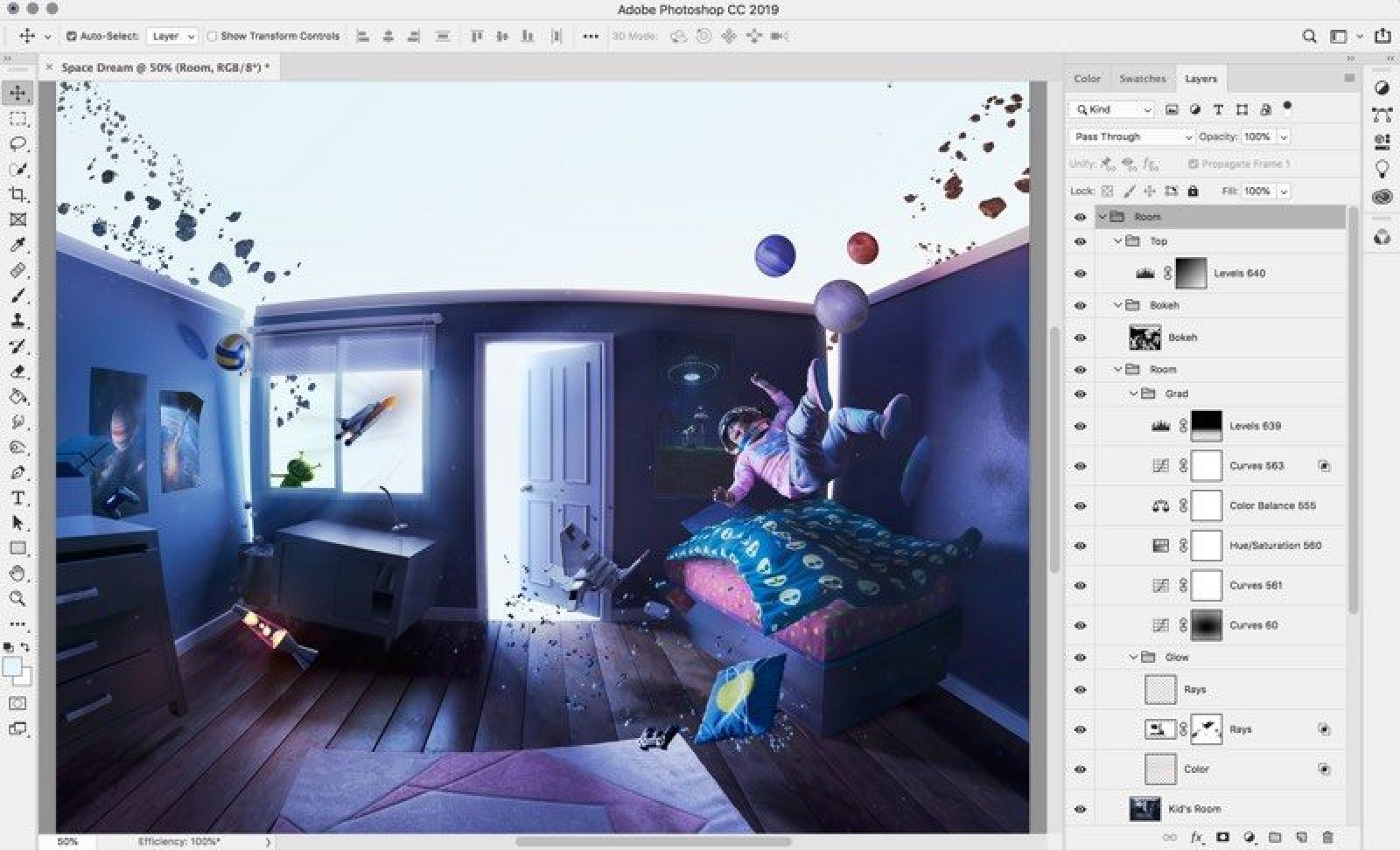- Adobe Air Download Windows 10
- Adobe Air For Mac
- Adobe Air Latest Download Free
- Adobe Air Download From Adobe
Adobe AIR is available for Mac OS, Windows, Android, and iOS. For Mac OS, it is compatible with version 10.0 and above. AIR SDK development supports Mac OS 10.12 and above. Is there a better alternative? While Adobe AIR is a great choice, you might be looking for a few alternatives. Adobe AIR is available for Mac OS, Windows, Android, and iOS. For Mac OS, it is compatible with version 10.0 and above. AIR SDK development supports Mac OS 10.12 and above. Is there a better alternative? While Adobe AIR is a great choice, you might be looking for a few alternatives. Adobe AIR is a cross-operating system runtime that gives both developers and general Mac users a whole slew of new abilities when it comes to running web applications. Allowing developers to create new web applications using HTML, XML, JavaScript and Flex, Adobe AIR is a. Adobe AIR is a cross-operating system runtime that gives both developers and general Mac users a whole slew of new abilities when it comes to running web applications. Allowing developers to create new web applications using HTML, XML, JavaScript and Flex, Adobe AIR is a truly flexible and multi-faceted tool.
AIR applications can be distributed as an AIR package, which contains the application code and all assets. You can distribute this package through any of the typical means, such as by download, by e-mail, or by physical media such as a CD-ROM. Users can install the application by double-clicking the AIR file. You can use the AIR in-browser API (a web-based ActionScript library) to let users install your AIR application (and Adobe® AIR®, if needed) by clicking a single link on a web page.
AIR applications can also be packaged and distributed as native installers (in other words, as EXE files on Windows, DMG files on Mac, and DEB or RPM files on Linux). Native install packages can be distributed and installed according to the relevant platform conventions. When you distribute your application as a native package, you do lose some of the benefits of the AIR file format. Namely, a single install file can no longer be used on most platforms, the AIR update framework can no longer be used, and the in-browser API can no longer be used.
Installing and running an AIR application on the desktop
You can simply send the AIR file to the recipient. For example, you can send the AIR file as an e-mail attachment or as a link in a web page.
Once the user downloads the AIR application, the user follows these instructions to install it:
Double-click the AIR file.
Adobe AIR must already be installed on the computer.
In the Installation window, leave the default settings selected, and then click Continue.
In Windows, AIR automatically does the following:
Installs the application into the Program Files directory
Creates a desktop shortcut for application
Creates a Start Menu shortcut
Adds an entry for application in the Add / Remove Programs Control Panel
In the Mac OS, by default the application is added to the Applications directory.
If the application is already installed, the installer gives the user the choice of opening the existing version of the application or updating to the version in the downloaded AIR file. The installer identifies the application using the application ID and publisher ID in the AIR file.
When the installation is complete, click Finish.
On Mac OS, to install an updated version of an application, the user needs adequate system privileges to install to the application directory. On Windows and Linux, a user needs administrative privileges.
An application can also install a new version via ActionScript or JavaScript. For more information, see Updating AIR applications.
Once the AIR application is installed, a user simply double-clicks the application icon to run it, just like any other desktop application.
On Windows, double-click the application’s icon (which is either installed on the desktop or in a folder) or select the application from the Start menu.
On Linux, double-click the application’s icon (which is either installed on the desktop or in a folder) or select the application from the applications menu.
On Mac OS, double-click the application in the folder in which it was installed. The default installation directory is the /Applications directory.

The AIR seamless install feature lets a user install an AIR application by clicking a link in a web page. The AIR browser invocation features lets a user run an installed AIR application by clicking a link in a web page. These features are described in the following section.
Installing and running desktop AIR applications from a web page
The AIR in-browser API lets you install and run AIR application from a web page. The AIR in-browser API is provided in a SWF library, air.swf, that is hosted by Adobe. The AIR SDK includes a sample “badge” application that uses this library to install, update, or launch an AIR application (and the runtime, if necessary). You can modify the provided sample badge or create your own badge web application that uses the online air.swf library directly.
Any AIR application can be installed through a web page badge. But, only applications that include the <allowBrowserInvocation>true</allowBrowserInvocation> element in their application descriptor files can be launched by a web badge.
Enterprise deployment on desktop computers
IT administrators can install the Adobe AIR runtime and AIR applications silently using standard desktop deployment tools. IT administrators can do the following:
Silently install the Adobe AIR runtime using tools such as Microsoft SMS, IBM Tivoli, or any deployment tool that allows silent installations that use a bootstrapper
Silently install the AIR application using the same tools used to deploy the runtime
For more information, see the Adobe AIR Administrator's Guide (http://www.adobe.com/go/learn_air_admin_guide_en).
Installation logs on desktop computers
Installation logs are recorded when either the AIR runtime itself or an AIR application is installed. You can examine the log files to help determine the cause of any installation or update problems that occur.
The log files are created in the following locations:
Mac: the standard system log (/private/var/log/system.log)
You can view the Mac system log by opening the Console application (typically found in the Utilities folder).
Windows XP: C:Documents and Settings<username>Local SettingsApplication DataAdobeAIRlogsInstall.log
Windows Vista, Windows 7: C:Users<username>AppDataLocalAdobeAIRlogsInstall.log
Linux: /home/<username>/.appdata/Adobe/AIR/Logs/Install.log
AIR applications can be distributed as an AIR package, which contains the application code and all assets. You can distribute this package through any of the typical means, such as by download, by e-mail, or by physical media such as a CD-ROM. Users can install the application by double-clicking the AIR file. You can use the AIR in-browser API (a web-based ActionScript library) to let users install your AIR application (and Adobe® AIR®, if needed) by clicking a single link on a web page.
AIR applications can also be packaged and distributed as native installers (in other words, as EXE files on Windows, DMG files on Mac, and DEB or RPM files on Linux). Native install packages can be distributed and installed according to the relevant platform conventions. When you distribute your application as a native package, you do lose some of the benefits of the AIR file format. Namely, a single install file can no longer be used on most platforms, the AIR update framework can no longer be used, and the in-browser API can no longer be used.
Installing and running an AIR application on the desktop
You can simply send the AIR file to the recipient. For example, you can send the AIR file as an e-mail attachment or as a link in a web page.
Once the user downloads the AIR application, the user follows these instructions to install it:
Double-click the AIR file.
Adobe AIR must already be installed on the computer.
In the Installation window, leave the default settings selected, and then click Continue.
In Windows, AIR automatically does the following:
Installs the application into the Program Files directory
Creates a desktop shortcut for application
Creates a Start Menu shortcut
Adds an entry for application in the Add / Remove Programs Control Panel
In the Mac OS, by default the application is added to the Applications directory.
If the application is already installed, the installer gives the user the choice of opening the existing version of the application or updating to the version in the downloaded AIR file. The installer identifies the application using the application ID and publisher ID in the AIR file.
When the installation is complete, click Finish.

On Mac OS, to install an updated version of an application, the user needs adequate system privileges to install to the application directory. On Windows and Linux, a user needs administrative privileges.
An application can also install a new version via ActionScript or JavaScript. For more information, see Updating AIR applications.
Once the AIR application is installed, a user simply double-clicks the application icon to run it, just like any other desktop application.
On Windows, double-click the application’s icon (which is either installed on the desktop or in a folder) or select the application from the Start menu.
On Linux, double-click the application’s icon (which is either installed on the desktop or in a folder) or select the application from the applications menu.
On Mac OS, double-click the application in the folder in which it was installed. The default installation directory is the /Applications directory.
The AIR seamless install feature lets a user install an AIR application by clicking a link in a web page. The AIR browser invocation features lets a user run an installed AIR application by clicking a link in a web page. These features are described in the following section.

Installing and running desktop AIR applications from a web page
The AIR in-browser API lets you install and run AIR application from a web page. The AIR in-browser API is provided in a SWF library, air.swf, that is hosted by Adobe. The AIR SDK includes a sample “badge” application that uses this library to install, update, or launch an AIR application (and the runtime, if necessary). You can modify the provided sample badge or create your own badge web application that uses the online air.swf library directly.
Any AIR application can be installed through a web page badge. But, only applications that include the <allowBrowserInvocation>true</allowBrowserInvocation> element in their application descriptor files can be launched by a web badge.
Enterprise deployment on desktop computers
Adobe Air Download Windows 10
IT administrators can install the Adobe AIR runtime and AIR applications silently using standard desktop deployment tools. IT administrators can do the following:
Adobe Air For Mac
Silently install the Adobe AIR runtime using tools such as Microsoft SMS, IBM Tivoli, or any deployment tool that allows silent installations that use a bootstrapper
Silently install the AIR application using the same tools used to deploy the runtime
For more information, see the Adobe AIR Administrator's Guide (http://www.adobe.com/go/learn_air_admin_guide_en).
Installation logs on desktop computers
Installation logs are recorded when either the AIR runtime itself or an AIR application is installed. You can examine the log files to help determine the cause of any installation or update problems that occur.
Adobe Air Latest Download Free
The log files are created in the following locations:
Mac: the standard system log (/private/var/log/system.log)
You can view the Mac system log by opening the Console application (typically found in the Utilities folder).
Windows XP: C:Documents and Settings<username>Local SettingsApplication DataAdobeAIRlogsInstall.log
Windows Vista, Windows 7: C:Users<username>AppDataLocalAdobeAIRlogsInstall.log
Linux: /home/<username>/.appdata/Adobe/AIR/Logs/Install.log